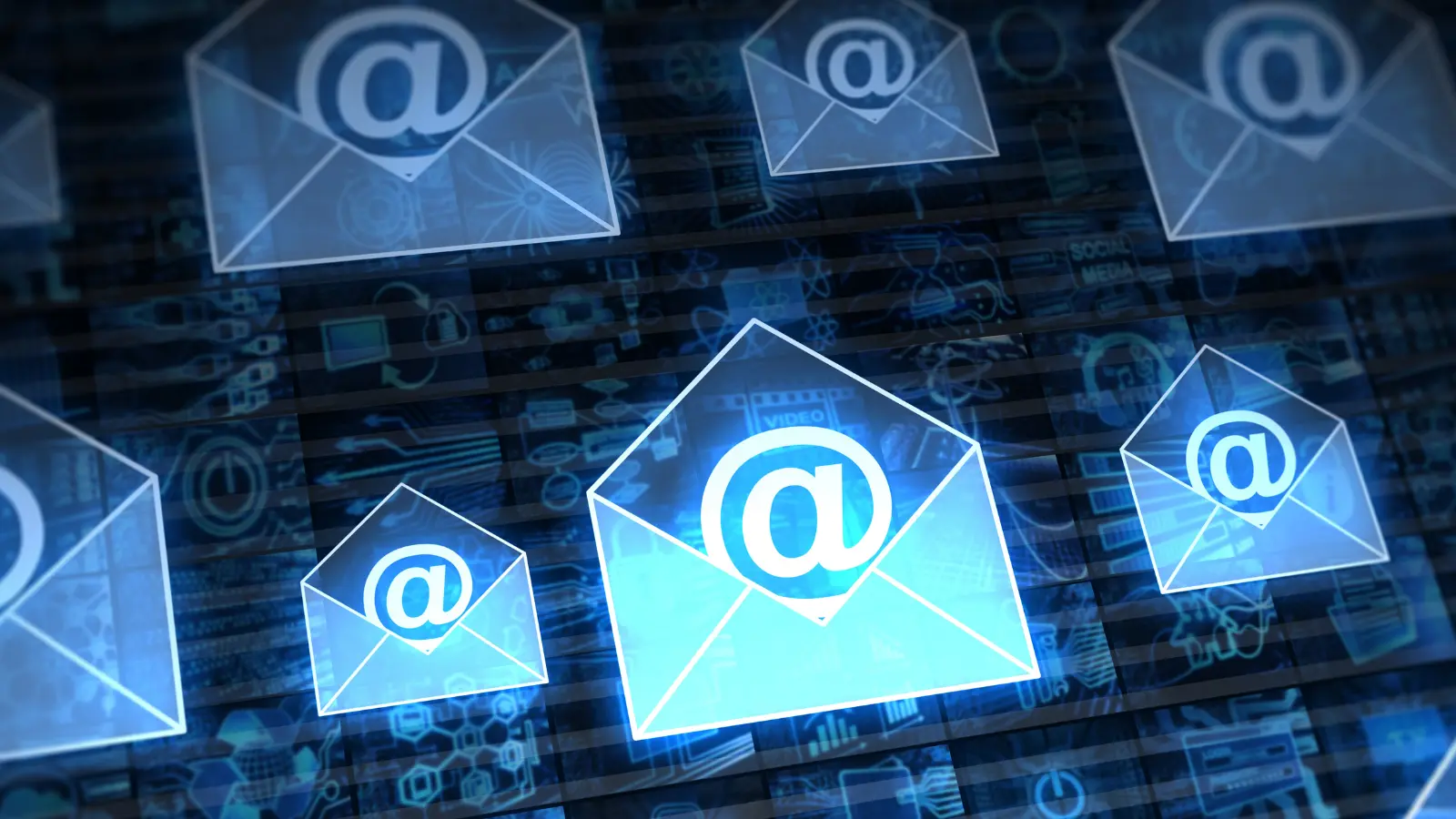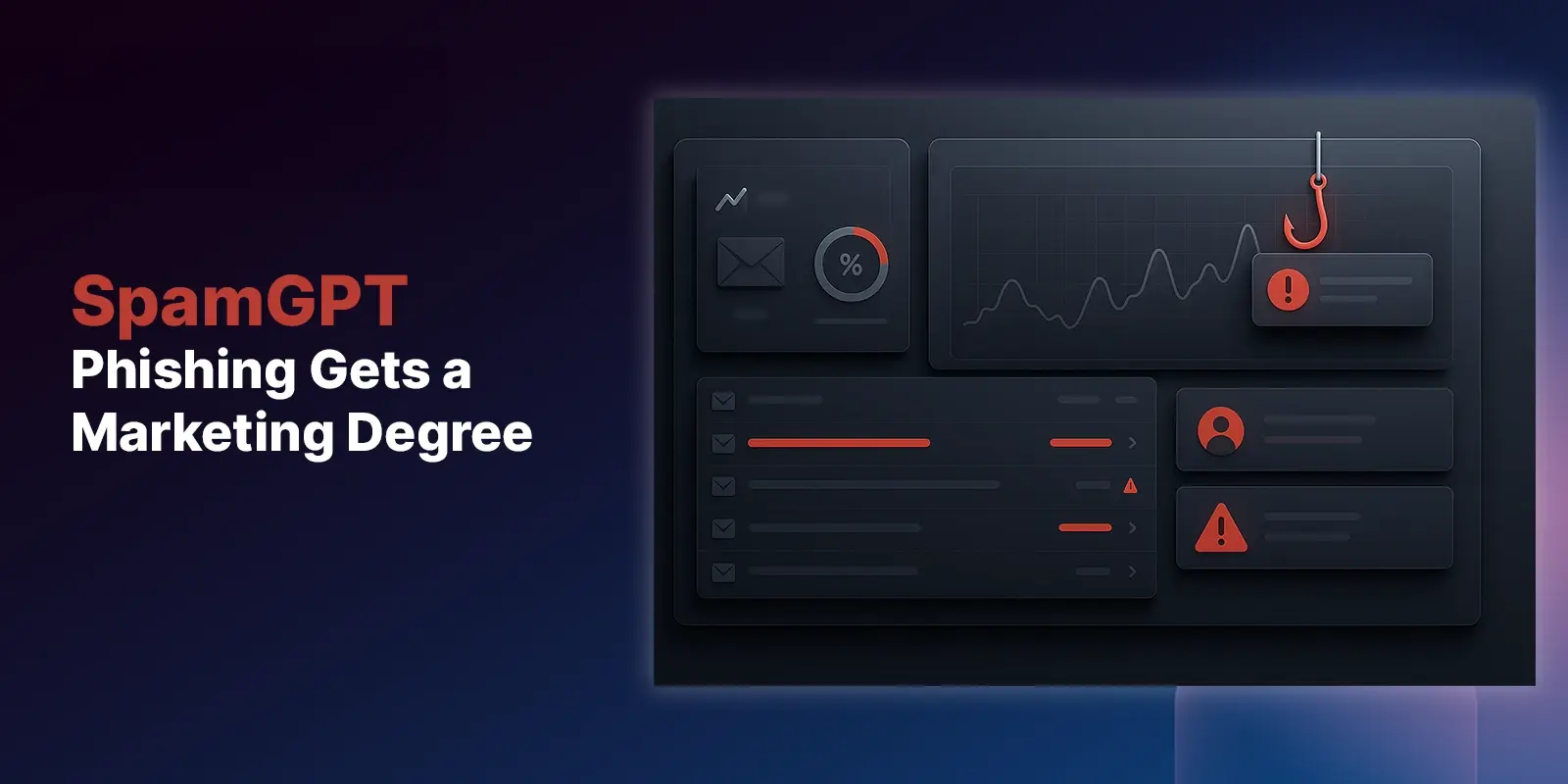Table of Contents
Email remains a primary threat vector for cyber-attacks, compromising organizational integrity and data security. IT and security leaders face the dual challenge of staying ahead of sophisticated threats while ensuring seamless communication flows. The reliance on outdated strategies or a singular focus can leave gaps wide open for cyber adversaries to exploit.
As cyber threats continue to evolve and become more sophisticated, the need for a comprehensive and multi-faceted approach to email security has never been more crucial. With the rise of phishing, spear-phishing, and image-based attacks, organizations must blend cutting-edge technology, human intuition, and a strong organizational culture to effectively combat these threats. By integrating these elements into their email security strategy, companies can create a formidable defense against cyber adversaries and ensure the integrity of their data and communication channels.
Here, we outline the essential dos and don'ts for fortifying your email security stance, providing a blueprint to navigate this complex terrain.
5 Dos and Don'ts of Email Security
1. Do Implement Comprehensive Training Programs
Educate your workforce about the nuances of advanced phishing threats using data to emphasize the attack types often seen in your organization or a specific department. Regular security awareness training sessions and effective phishing simulation testing campaigns will empower employees to recognize and report suspicious emails, transforming them into a proactive line of defense.
2. Don't Rely Only on AI Detection
While AI-driven detection systems offer advanced capabilities in identifying most phishing and malware attacks, they are not infallible—leaving your organization vulnerable. Complement AI technologies with human insights to train the ML model to learn from real-time threat intelligence shared by tens of thousands of threat hunters to catch nuances and emerging threats that automated systems might miss.
3. Do Foster a Culture of Security Awareness
Beyond technical measures, cultivating a security-first mindset across the organization is paramount. Encourage open communication about potential threats and promote security best practices through regular updates and discussions. Using dynamic contextual email banners that warn of a potential threat and offering a standardized method for reporting suspicious emails can help you build an awareness culture where phishing remains top of mind.
Another method to promote end-user security awareness is to give them access to a GPT-powered chat assistant directly in their inbox so they can more confidently report phishing threats.
4. Don't Neglect Insider Threats
Not all email security threats originate from outside the organization. Implement measures to monitor and control internal access to sensitive information, reducing the risk of accidental or malicious data breaches.
5. Do Utilize Multi-Factor Authentication (MFA)
MFA adds an extra layer of security by requiring additional verification methods beyond just passwords. This simple step significantly reduces the risk of unauthorized access, even if login credentials are compromised.
Integrating these dos and don'ts into your email security strategy will enhance your organization's defense against email-borne threats and foster a more resilient and aware organizational culture. Balancing technological advancements with informed human judgment and proactive policy development is critical to maintaining robust email security.
Explore More Articles
Say goodbye to Phishing, BEC, and QR code attacks. Our Adaptive AI automatically learns and evolves to keep your employees safe from email attacks.

/Concentrix%20Case%20Study.webp?width=568&height=326&name=Concentrix%20Case%20Study.webp)














.webp?width=100&height=100&name=PXL_20220517_081122781%20(1).webp)
.png)